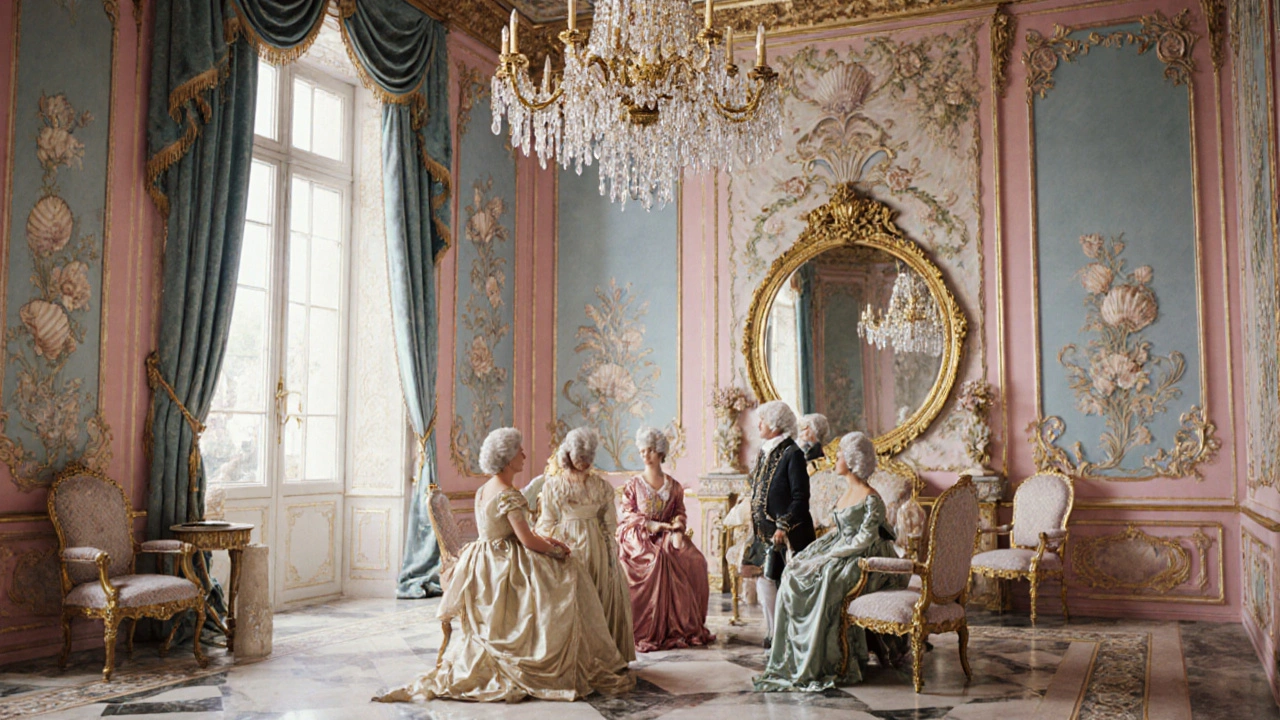Explore the rise and fall of Rococo, the playful French art style of the 18th century, its key artists, signature elements, and lasting impact on design.
French Art
When you think about French Art, the visual and cultural creations that emerged from France across centuries, from medieval tapestries to modern installations, you’re stepping into a world that mixes royalty, religion, and rebellion. French art isn’t a single style; it’s a tapestry of movements that each carved its own identity while feeding into the next. For example, the drama of Baroque, with its bold contrasts and theatrical flair, grew out of the Counter‑Reformation fervor that swept through France in the 17th century. At the same time, Renaissance, with its rebirth of classical ideals, set the groundwork for French artists to study proportion, perspective, and humanism. These two pillars together form the backbone of what we call French art today.
How French Art Shaped Architectural Expression
One of the most visible ways French art left its mark is through architecture. The French art legacy directly influenced the rise of Beaux-Arts, an academic style that blended classical French design principles with monumental scale, ornate detailing, and a sense of civic pride. Beaux‑Arts architecture, taught at the Paris École des Beaux‑Arts, required students to master drawing, composition, and historical references—skills that echoed the visual training of painters and sculptors. This style didn’t stay in France; it crossed the Atlantic, shaping city halls, museums, and train stations across the United States. Meanwhile, the Gothic Revival movement, though rooted in medieval French cathedrals, was reinterpreted in the 19th century as a moral and aesthetic response to industrialization, showing how French art’s historic forms can be repurposed for new cultural conversations.
Understanding French art also means recognizing its role in shaping cultural identity. The art of the French court, especially under Louis XIV, used lavish portraiture and decorative schemes to project absolute power. This political use of visual language taught later artists how to embed messages in color, composition, and symbolism—a practice still evident in contemporary French cinema and street art. Moreover, the Impressionist break from academic conventions highlighted how French artists could challenge norms, focusing on light, fleeting moments, and everyday subjects. This shift sparked a global dialogue, prompting artists worldwide to question realism and embrace personal perception.
French art’s influence is not limited to high culture; it permeates everyday design. From the intricate patterns on Parisian balconies to the bold typography of French fashion houses, the aesthetics born in galleries seep into textiles, product packaging, and digital interfaces. These cross‑disciplinary connections show that French art constantly evolves, borrowing from past movements like Baroque’s drama or Renaissance’s balance while inventing fresh visual languages for the modern age.
When you explore the collection below, you’ll see how these themes play out across a range of topics—from the engineering genius of Roman arches to the elegance of Georgian symmetry. Each article ties back to the broader narrative of how artistic ideas travel, transform, and influence the built environment. Whether you’re a designer looking for inspiration or a history buff curious about style evolution, the posts offer practical insights anchored in the rich tradition of French artistic expression.
Ready to dive deeper? Below you’ll find a curated series of articles that illustrate the interplay between French art’s historic roots and its lasting impact on architecture, design, and cultural identity. Each piece unpacks a specific facet, giving you a clear picture of how past ideas continue to shape the spaces we live and work in today.

